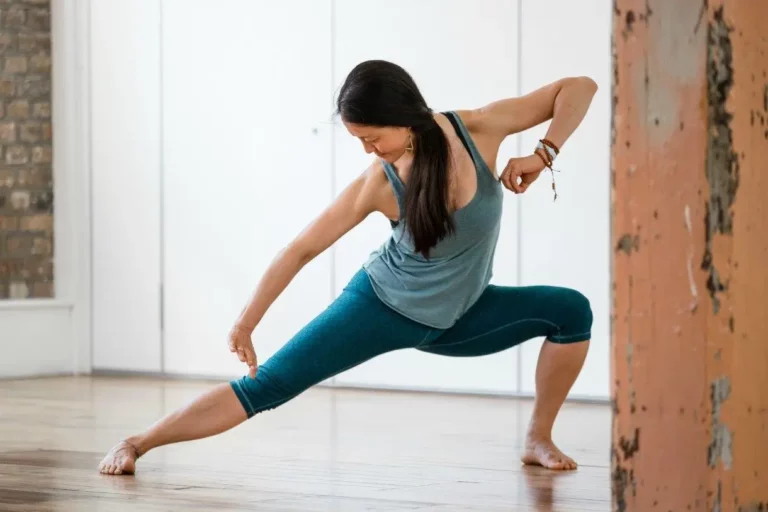Qigong can help enhance and transform your yoga practice in countless ways. Qigong and Tai Chi Chuan master teacher, Sifu Matthew Cohen, narrows the list down to his top ten. If you like what you see, make sure you book a spot in his upcoming 50-hour ‘SEA energy flow: yoga + qigong fusion level one training‘ for teachers and students. Booking details are shared below.
Here is a list of ten ways qigong can help enhance and transform your yoga practice:
1 – Soften the hard edges
The gentle water method of qigong is effective in helping people slow down their movement and breath without promoting sluggishness. Because the practice is watery and slow in its movement and expression students tend to move in a more seamless way when adopted to their yoga practice as well as daily activities.
2 – Effectively build rest into your work
A hallmark of qigong is to build rest into your practice. The principal is working rest and more than resting in savasana. It’s more about pacing oneself and learning to gather energy in motion and saving the energy as it’s collected.
3 – Infuse natural movement patterns
Qigong movement is very natural in that it models nature. Nature is full of spirals and circles – from the shape of the universe, storms, shells, natural lines of drift, hair and DNA. Everything is moving, expanding and contracting, pulsing, undulating, circling and spiraling. These are the primary movement patterns taught in qigong – this type of natural movement is an odd form of biomimicry.
4 – Augmentation the intention
Qigong is much like an energetic tonic that can augment and assist the intention and natural flow of the yoga practice. It has the ability to strengthen the desired effect of a restorative practice and add a sense of restoration and deep relaxation to the rest.
Qigong can help one feel more nourished and relaxed by assisting the body in developing flow of qi (life force). Flow of qi promotes homeostasis. When the body is in balance it feels relaxed and nourished without lethargy and energised without agitation.
If the intention is to create a strong practice, then qigong can augment and amplify that as well. This is a hallmark of qigong
5 – Explore beauty
Qigong is a beautiful dance like art with spirals, circles, changes of rhythm, level, tempo and energetic expression. Qigong emulates, elements, animals, gods archetypes, sages, warriors, princesses, buddhas and dragons.
6 – Enjoy natural transitions
Qigong is known for fluid, seamless transitions from one form to the next. The slow steady practice is somewhat trance inducing. I love to hang on the liminal place, in the transitions.
7 – Accessibility
Qigong requires no mat, mantra or teacher. It can be practised by almost anyone of any fitness level or age.
8 – Lasting effects
Because Qigong is about developing new habits and lifestyle changes – natural breathing, movement, and increased awareness – ultimately the practice can be done during all waking hours.
9 – Qigong as medicine
Qigong stands on three major pillars: healing/medicinal, martial arts, and spiritual.
So, you can practise Qigong to balance and harmonise destructive emotions. You can practise specifically to increase your range of motion and intelligence in the joints. You can practice to develop more bone density for martial arts. There are many Qigong practices that can complement yoga, sports, work and home life. It’s good for what ails you.
10 – Round or yin as a complement to the yang nature of yoga
There are many physical yoga practices in the West that are primarily organised around linear, uplifting, masculine movements and a large emphasis on directing the mind. Qigong can be a beautiful complement to yoga in that its movements are primarily descending at first, circular in expression, feminine, receptive and often intuitive in its exploration and expression.










